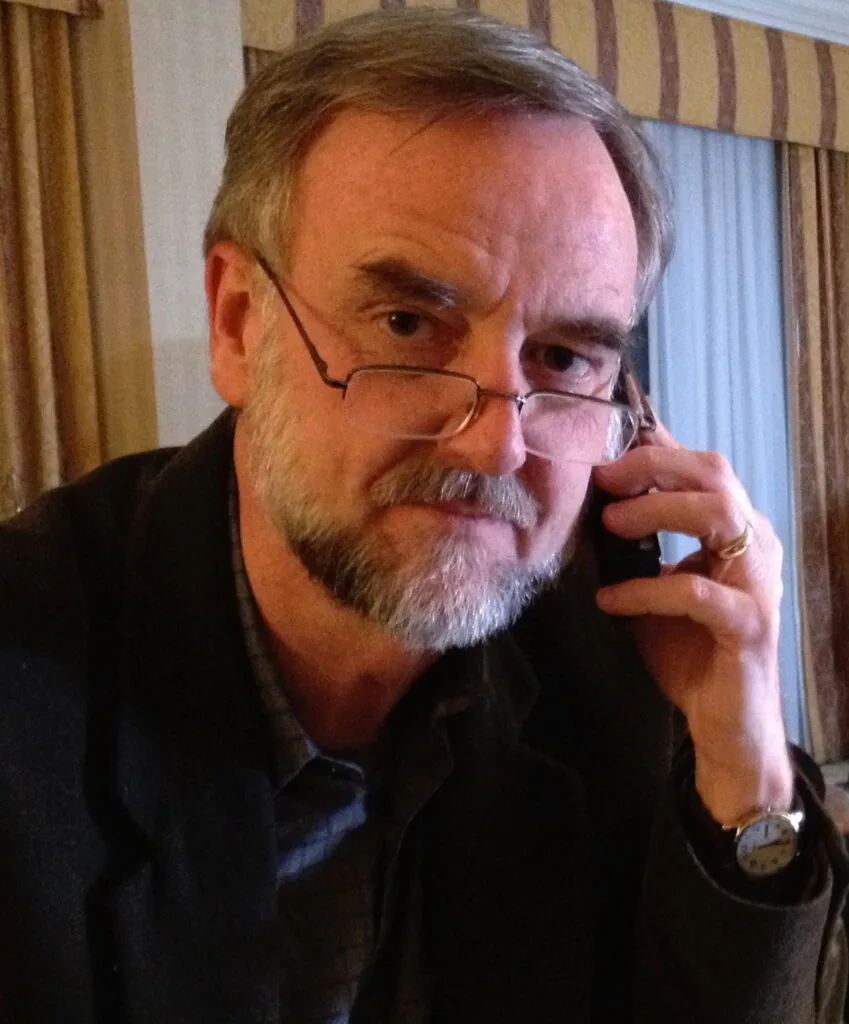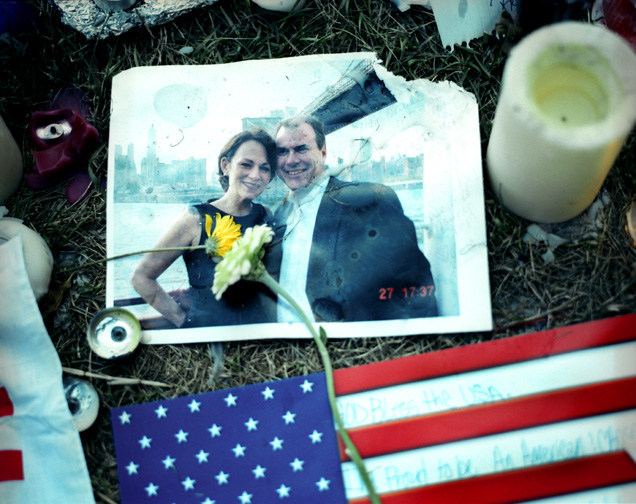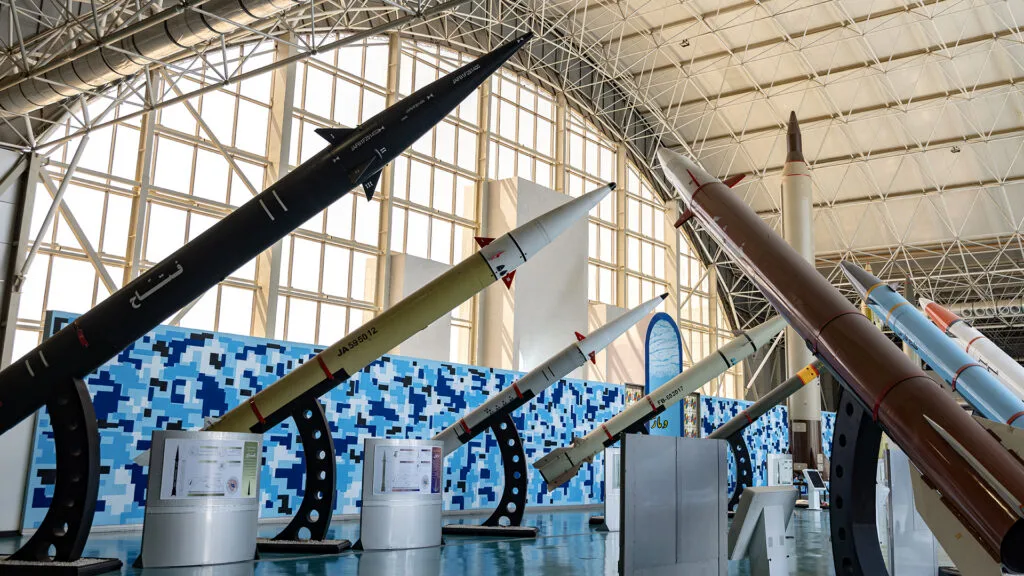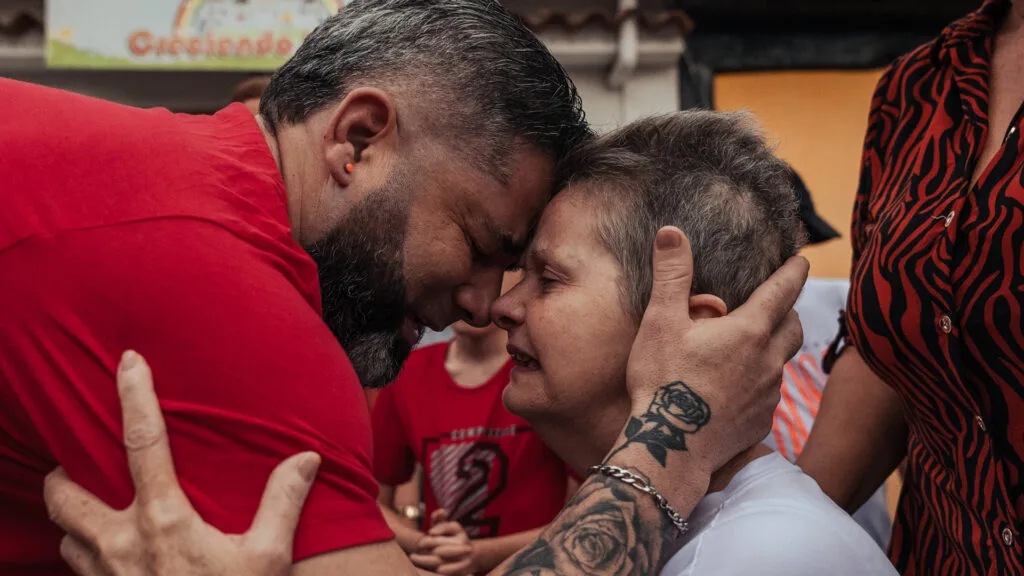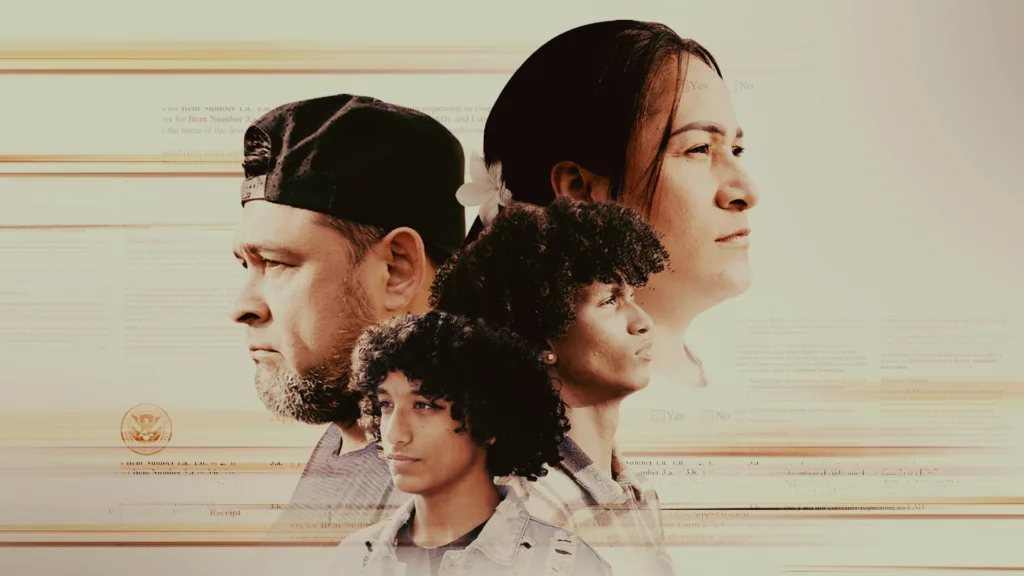CIA-FBI Cooperation — Some Recent History
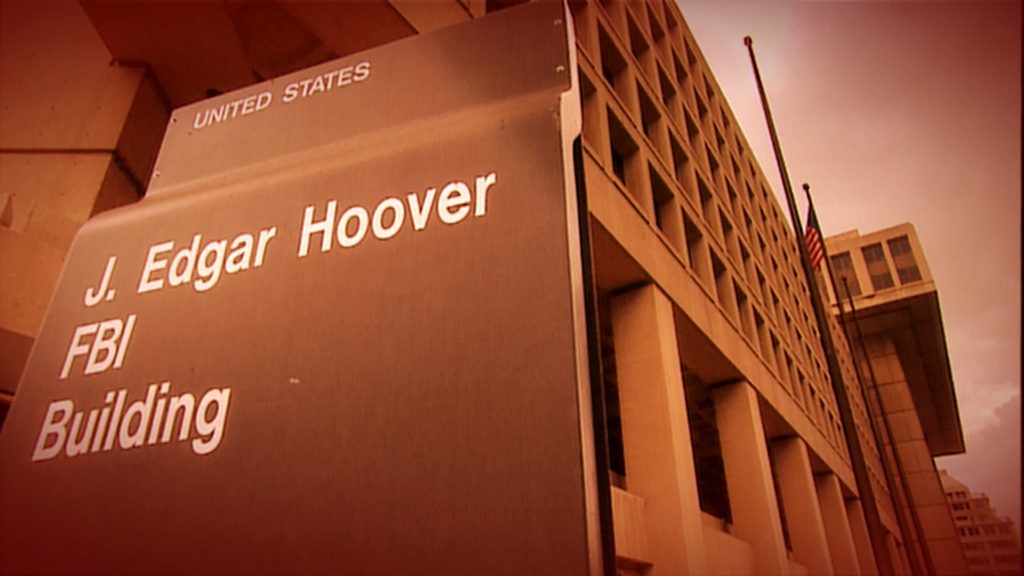
December 22, 2002
Share
Building Teamwork
In the 1990s, attempts were made to revamp America’s intelligence gathering and law enforcement agencies so that they could better respond to the threat posed by post-Cold War enemies such as Al Qaeda. The reformers, however, had to fight a deep-rooted competitiveness between the FBI and the CIA, dating back to J. Edgar Hoover’s days, when the two agencies competed for each other’s turf. They also had to contend with vastly different goals. For the FBI, intelligence is the fodder of prosecutions, while the CIA’s focus is on intelligence as a stepping stone to more knowledge. Legal walls built to protect intelligence sources and defendants, over time, also added to the general lack of cooperation between agencies.
At first, even John O’Neill — who eventually became a key proponent of interagency cooperation — had to be convinced that the two agencies could work together on counter-terrorism. His mentor, Robert “Bear” Bryant, former deputy director of the FBI, argued it was the only way this new threat could effectively be fought. Bryant told FRONTLINE, “We put an FBI agent in as the deputy out at Langley, and we did this in 1995, so there wouldn’t be anything to slip through the cracks. We brought in some CIA people. And John initially opposed that, and then basically they became friends and it worked very well… We basically leveraged our resources.”
Another sign of cooperation between the agencies was “Station Alex.” When the White House pressured the CIA to get a handle on bin Laden and his organization the agency set up a virtual station in Virginia, because they deemed it impossible to infiltrate Al Qaeda itself. This was done with the cooperation of the FBI and John O’Neill, then the head of counterterrorism at FBI headquarters. Station Alex’s purpose was to intellectually dissect Al Qaeda: to learn its philosophies and goals, identify its financiers and command structure, and track its cadre of supporters through its training camps.
Richard Clarke, the former chief of the National Security Council’s counterterrorism office, explained to FRONTLINE that Station Alex revealed how widespread Al Qaeda had become, “We were able, over the course of about 18 months, to go from thinking there was a bin Laden network to seeing it in 56 countries.”
A congressional mandate in 1994 enabled the FBI to help deal with this threat by expanding its international presence. New FBI offices were opened in 23 countries. A total of 129 FBI agents were now assigned to the FBI’s foreign posts with the purpose of working with foreign intelligence and law enforcement offices on issues of counterterrorism and international crime.
Renewed Rifts
But it would be a mistake to believe the 1990s brought the type of cooperation between federal agencies that was envisioned or truly needed. Serious institutional rifts and petty competitiveness continued. For example, some in the CIA saw the FBI’s foreign activities as encroaching on their territory and a slap in the face meant to penalize the agency for its inability to root out its major spy, Aldrich Ames.
And even John O’Neill sometimes had his doubts. According to one agent who worked for him, he counseled wariness of the CIA, which he suspected was often working behind the bureau’s back.
His instincts proved correct. It is now clear the CIA withheld information from the FBI — information that could possibly have helped them connect the dots to the Sept. 11 conspirators — and saved O’Neill’s life. This is, quite possibly, the most egregious example of how far short attempts came in the 1990s to adequately revamp government agencies to deal with the terrorist threat.
Related Documentaries
Latest Documentaries
Related Stories
Related Stories
Explore
Policies
Teacher Center
Funding for FRONTLINE is provided through the support of PBS viewers and by the Corporation for Public Broadcasting, with major support from Ford Foundation. Additional funding is provided the Abrams Foundation, Park Foundation, John D. and Catherine T. MacArthur Foundation, Heising-Simons Foundation, and the FRONTLINE Trust, with major support from Jon and Jo Ann Hagler on behalf of the Jon L. Hagler Foundation, and additional support from Koo and Patricia Yuen. FRONTLINE is a registered trademark of WGBH Educational Foundation. Web Site Copyright ©1995-2025 WGBH Educational Foundation. PBS is a 501(c)(3) not-for-profit organization.
